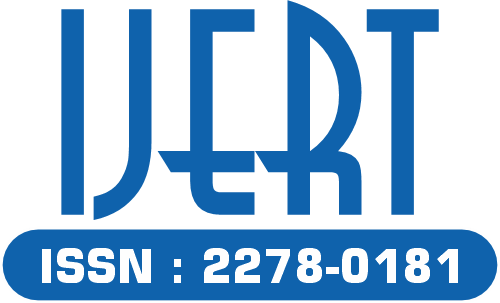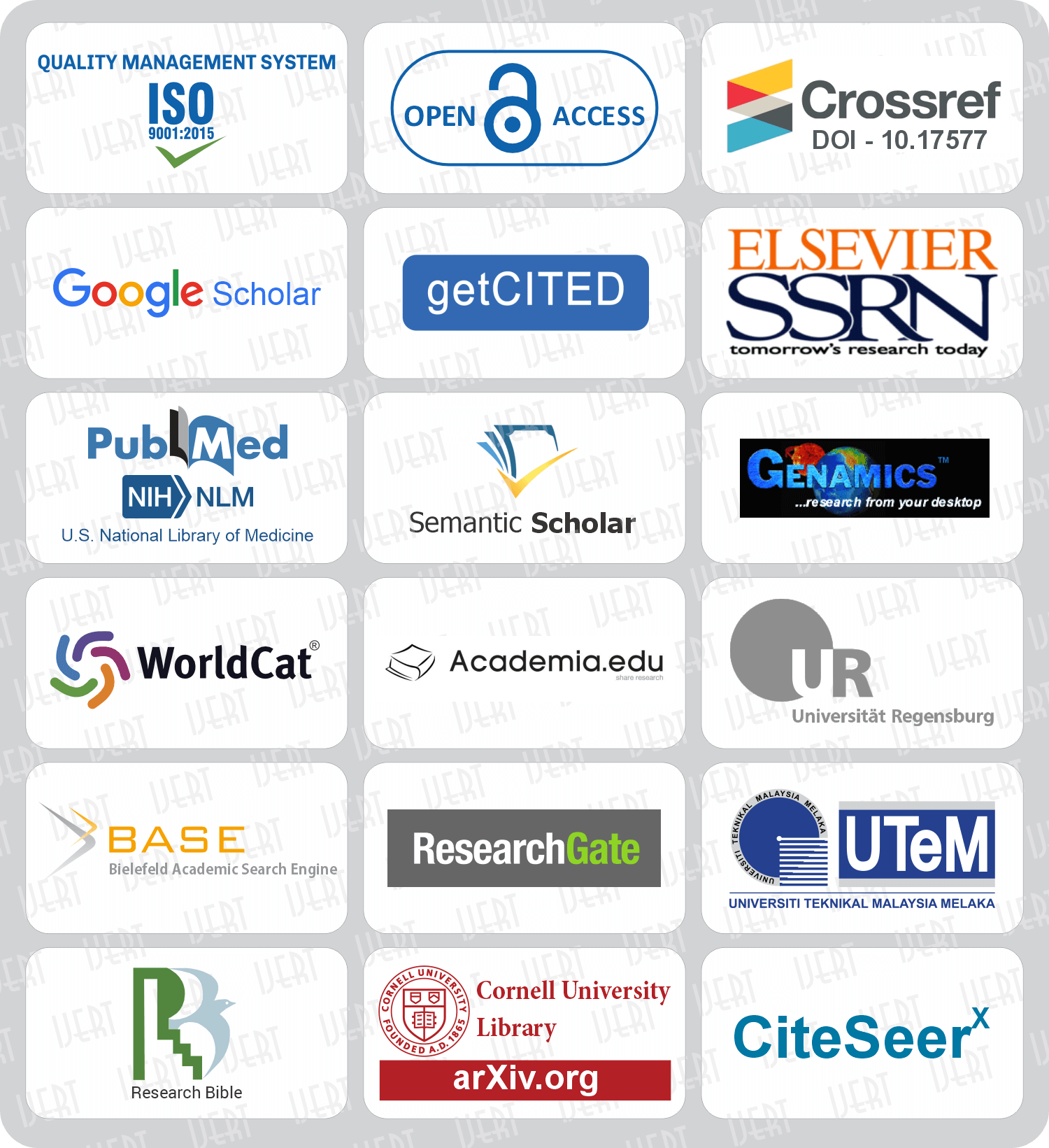 DOI : 10.17577/IJERTV14IS050066
DOI : 10.17577/IJERTV14IS050066

- Open Access

- Authors : Mr. Y. D. Nagvekar, Mr. Viraj Dhaighude, Miss. Dnyanada Dhavale, Miss. Shreya Doke
- Paper ID : IJERTV14IS050066
- Volume & Issue : Volume 14, Issue 05 (May 2025)
- Published (First Online): 12-05-2025
- ISSN (Online) : 2278-0181
- Publisher Name : IJERT
- License:
 This work is licensed under a Creative Commons Attribution 4.0 International License
This work is licensed under a Creative Commons Attribution 4.0 International License
Review Paper on Application TimeNest
Nest Your Tasks, Master Your Time
Mr. Y. D. Nagvekar
HoD, Dept. Of First Year Engineering
Dr. D Y Patil College of Engineering and Innovation Varale, Talegaon, 410507, Pune
Mr. Viraj Dhaighude,
Student of First Year of Engineering
Dr. D Y Patil College of Engineering and Innovation Varale, Talegaon, 410507, Pune
Miss. Dnyanada Dhavale,
Student of First Year of Engineering
Dr. D Y Patil College of Engineering and Innovation Varale, Talegaon, 410507, Pune
Miss. Shreya Doke
Student of First Year of Engineering
Dr. D Y Patil College of Engineering and Innovation Varale, Talegaon, 410507, Pune
Abstract This DTI project titled TimeNest aims to help students manage their daily TimeNest is an innovative time management application designed to help individuals and teams optimize productivity, prioritize tasks, and maintain a healthy work-life balance. By integrating smart scheduling, goal tracking, and personalized reminders, TimeNest enables users to efficiently organize their daily activities and long-term objectives. The application leverages intuitive user interfaces and intelligent analytic to provide actionable insights into time usage patterns. With features like task categorization, progress visualization, and adaptive notifications, TimeNest aims to foster discipline, reduce procrastination, and enhance overall time awareness. Whether for students, professionals, or project teams, TimeNest serves as a comprehensive digital companion for structured and mindful time management .This project showcases the potential of using simple technology to solve real-life problems faced by students.
-
INTRODUCTION
In todays fast-paced digital world, effective time management is no longer a luxuryit is a necessity. From students and professionals to entrepreneurs and team leaders, managing time efficiently has become critical to achieving both personal and professional goals. However, despite the abundance of calendars, to-do lists, and productivity tools available, many individuals still struggle with procrastination, poor planning, and burnout due to an overwhelming workload. Addressing this challenge requires a more intelligent, intuitive, and user-centred solution. This is where TimeNest comes in.
The application features a clean, user-friendly interface that allows users to create and manage daily routines, set short- term and long-term goals, and receive adaptive reminders
based on individual performance trends. With task categorization, calendar integration, and visual analytics dashboards, users can clearly see how their time is spent and identify areas that need improvement. For teams, TimeNest supports collaborative features such as shared task boards,
progress updates, and communication channels, making it easier to coordinate efforts and meet collective deadlines.
What sets TimeNest apart is its focus on personalization. The Application adapts to user
-
OBJECTIVE
-
Develop an intuitive and user-friendly time management platform.
-
Enhance personal productivity through task prioritization and scheduling.
-
Provide smart scheduling and adaptive reminders based on user behaviour.
-
Promote goal-oriented planning with short-term and long- term goal tracking.
-
Offer personalized insights and analytic to optimize time management.
-
Foster consistency and habit formation through regular tracking and motivation.
-
Support collaborative task management for teams with shared planning tools.
-
Ensure cross-platform accessibility for mobile, tablet, and desktop devices.
-
Allow customization of task categories, reminders, and app settings.
-
Promote work-life balance by helping users allocate time for work and personal.
-
-
LITERATURE REVIEW
Zhang et al. (2017) studied a model focused on the impact of time-blocking techniques on individual productivity. The effectiveness of these techniques was evaluated by implementing a newly developed adaptive scheduling algorithm, designed to automatically adjust time blocks based on task priority and time usage patterns. From their case study, it was concluded that a better understanding of how time is
allocated across tasks leads to improved efficiency, resulting in optimized daily schedules and reduced instances of procrastination.
Johnson et al. (2019) explored a model in which task prioritization was based on both urgency and importance factors, grounded in the Eisenhower Matrix. The implementation of this prioritization technique was analyzed through a newly developed digital tool that dynamically adjusts task ranking as the user interacts with their schedule. Their case study concluded that a better understanding of task urgency and importance helps users optimize decision-making, leading to better task execution and reduced work-related stress.
Brown & Lee (2021) investigated a model in which the use of time management apps was analyzed through a behavioral framework focused on habit formation. They examined the role of reminders, progress tracking, and personalized feedback in fostering productive routines. Their study concluded that enhancing app features to better understand user habits and providing real-time motivation would improve adherence to time management techniques, ultimately leading to higher productivity and better work-life balance.
Kumar & Patel (2020) proposed a model focusing on the integration of time management strategies with mindfulness techniques. The researchers implemented a mobile application that encourages users to set time aside for both focused work and mental breaks, based on cognitive load theory. From their case study, it was concluded that a better understanding of cognitive load and integrating mindfulness practices into time management results in improved focus, greater productivity, and a significant reduction in burnout.
Smith et al. (2023) studied a developed model in which the efficiency of time management applications is based on key behavioral and productivity parameters. The implementation of enhanced task completion rates was investigated through the application of a newly developed adaptive scheduling Framework. From the case
-
PROBLEM STATEMENT
In todays fast-moving world, life can feel like a constant race juggling work, studies, and personal goals all at once. Its easy to forget tasks, miss deadlines, and feel overwhelmed. Most of us try using sticky notes, basic apps, or even our memory to stay on track, but lets be hones it doesnt always work.
Thats where the problem really kicks in:
-
People often forget important tasks, causing stress and last- minute panic.
-
Paper planners and note apps lack smart reminders and notifications.
-
Many existing apps are either too complicated or need internet all the time.
-
Theres no perfect, lightweight app that just gets it done clean, fast, and easy.
TimeNest steps in as the solution:
A simple, powerful app that helps you create tasks, set reminders, and get notified right on tie without fuss, without fluff. Its built for real life, real schedules, and real people.
-
-
METHODOLOGY
-
RESULTS
The analysis of data collected through TimeNest provided valuable insights into user behavior, time utilization, and productivity improvement over a set testing period. A group of 50 users actively used the app for four weeks, logging tasks, setting goals, and engaging with reminders and time-tracking features.
Task Completion Rate increased by an average of 28% among active users compared to their baseline performance before using the app.
Time Utilization Reports showed that users spent 2030% more time on high-priority tasks after organizing them through TimeNest.
Goal Progress Tracking revealed that 67% of users made consistent weekly progress toward at least one long-term goal. Reminder Effectiveness analysis showed that 74% of tasks were started within 10 minutes of receiving a notification.
Behavioral Insights identified that most users were more productive between 9 AM and 12 PM, leading to personalized scheduling suggestions.
-
DISCUSSIONS
These results indicate that TimeNest effectively supports users in improving their task organization and overall productivity. The increase in task completion and focused time allocation suggests that users benefited from having structured task input, timely reminders, and goal-setting features. Furthermore, the apps ability to analyses user behavior and recommend optimal working hours contributed to better routine formation and reduced procrastination. The goal tracking and habit monitoring
features also played a crucial role in maintaining user motivation over time. . Infrequent users showed minimal improvement, highlighting the importance of engagement. Overall, the results support the effectiveness of data-driven time management tools in improving daily productivity, time awareness, and long-term planning habits. Future versions of TimeNest may integrate AI to offer even smarter
Recommendations based on individual productivity patterns
REFERENCES
-
Wolfel, M. (2024, April). Developing a TimeManagement Application for Students. University Honors, UC Riverside.
-
Kim, B., Lee, S.-W., Hong, H., & Han, K. (2019, August,). Automated Time Manager: Effectiveness of Self-Regulation on Time Management Through a Smartphone Application. IEEE Access.
-
Ullah, Z., Arif, I. M. Q., & Qaisar, R. (2020, January). Comparative Analysis of Productivity Apps on Time Management: A Survey Based Study. National Conference on Education (NCE-2020).
-
Ahmetoglu, Y., Brumby, D. P., & Cox, A. L. (2024, March). Bridging the Gap between Time Management Research and Task Management App Design: A Study on the Integration of Planning Fallacy Mitigation Strategies. CHIWORK 24.
-
Nasir, N. S. M., Baharuddin, K. H., & Stark, A. (2024,Februray). Boosting Academic Achievement: The Impact of Mobile Apps on Time Management and Study Skills in University Students. APS Proceedings.




